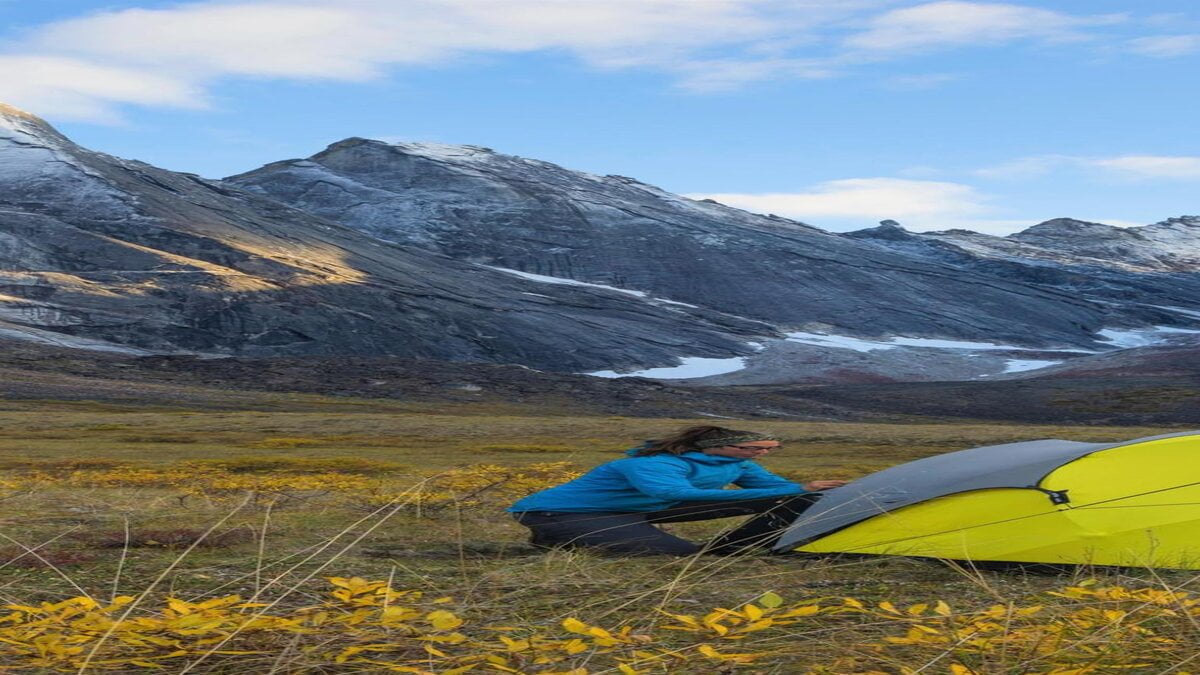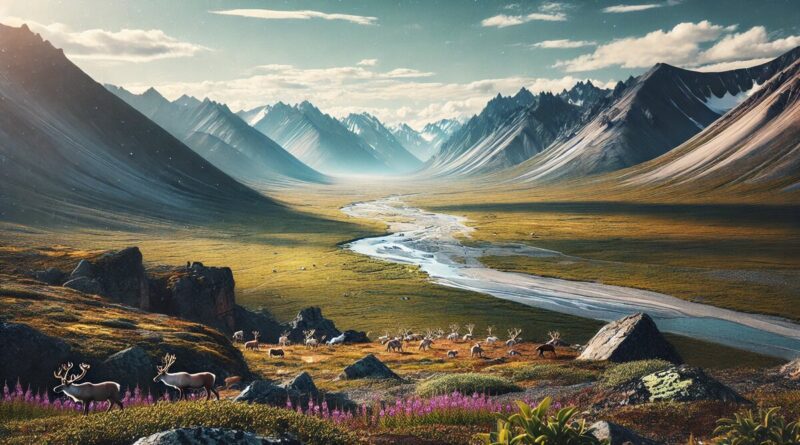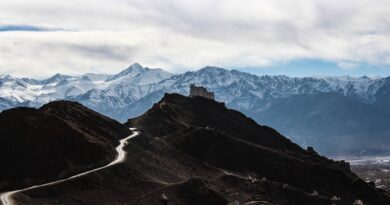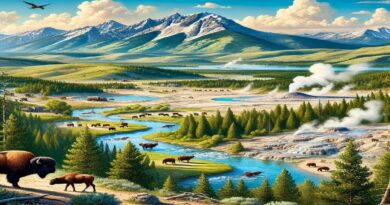Discovering Gates of the Arctic: A Wild Escape
Last Updated on 11 months ago by Kashif Rahman
Gates of the Arctic National Park & Preserve stands as one of America’s last remaining true wilderness areas, nestled in the heart of northern Alaska. It offers an unrivaled opportunity for adventurous souls seeking a complete disconnect from the modern world.
The vast, untouched expanse of this national park, which spans more than 8 million acres, is a haven for nature enthusiasts who are looking for a journey through a rugged, pristine landscape without the comforts or distractions of civilization.
An Overview of Gates of the Arctic
The park, located above the Arctic Circle, is characterized by dramatic mountain ranges, sprawling valleys, and a diverse array of ecosystems that include arctic tundra, boreal forests, and glacial formations. The park’s name is derived from two massive peaks, Frigid Crags and Boreal Mountain, which stand guard at the gateway to the untouched Arctic wilderness. With no roads, trails, or visitor centers, Gates of the Arctic is one of the few places on Earth where visitors can experience true isolation and immersion in nature.
Also Read
Discover 10 Farm to Table Restaurants Experiences Across the USA
Best Time to Visit Yellowstone National Park: A Comprehensive Guide
Main Attractions of Gates of the Arctic National Park & Preserve
- Wild Rivers: The park boasts six designated Wild and Scenic Rivers, including the Alatna, Kobuk, and John Rivers. These rivers offer some of the best rafting and paddling experiences in the United States, flowing through diverse terrains from mountain valleys to sprawling tundras.
- Hiking & Backpacking: Though there are no established trails, the park’s vast wilderness is perfect for backpackers and hikers who want to explore untouched landscapes. The Arrigetch Peaks, a collection of stunning granite spires, are a particularly popular destination for climbers and photographers.
- Wildlife Viewing: The park is home to an impressive array of wildlife, including grizzly bears, wolves, moose, caribou, and numerous bird species. Gates of the Arctic is part of the migratory route of the Western Arctic caribou herd, which can sometimes be spotted in large numbers during their seasonal journeys.
- Cultural Significance: The park holds deep cultural importance for Indigenous communities, particularly the Nunamiut Eskimos, who have lived in the region for thousands of years. The park continues to support traditional subsistence hunting and fishing by local Native Alaskan communities.

Planning Your Visit
Visiting Gates of the Arctic National Park & Preserve is a challenging yet rewarding experience, best suited for seasoned adventurers and those experienced in wilderness travel. Access to the park is typically by bush plane, and visitors must be prepared to be entirely self-sufficient, as there are no amenities or services within the park.
The ideal time to visit is during the short Arctic summer, when temperatures are milder, and the sun never sets, offering extended daylight hours to explore the rugged beauty of the park. Summer also coincides with the caribou migration, and the short-lived bloom of the arctic tundra creates a colorful, vibrant landscape.
Conclusion
Gates of the Arctic National Park & Preserve offers a rare chance to experience the grandeur of nature in its purest form. Without the influence of human development, this remote wilderness remains as it has for thousands of years.
Whether you’re paddling down one of its wild rivers, hiking through unmarked terrain, or observing the caribou migration, your journey through Gates of the Arctic will be a humbling and transformative adventure, forever connecting you to the unspoiled beauty of the Arctic.

I am Kashif Rahman, a dedicated blogger and content creator with a keen interest in technology, mobiles, computers, internet,and the Entertainment.Enjoys sharing insightful and engaging content to keep his readers informed and inspired





Simply desire to say your article is as surprising The clearness in your post is simply excellent and i could assume you are an expert on this subject Fine with your permission let me to grab your feed to keep up to date with forthcoming post Thanks a million and please carry on the gratifying work